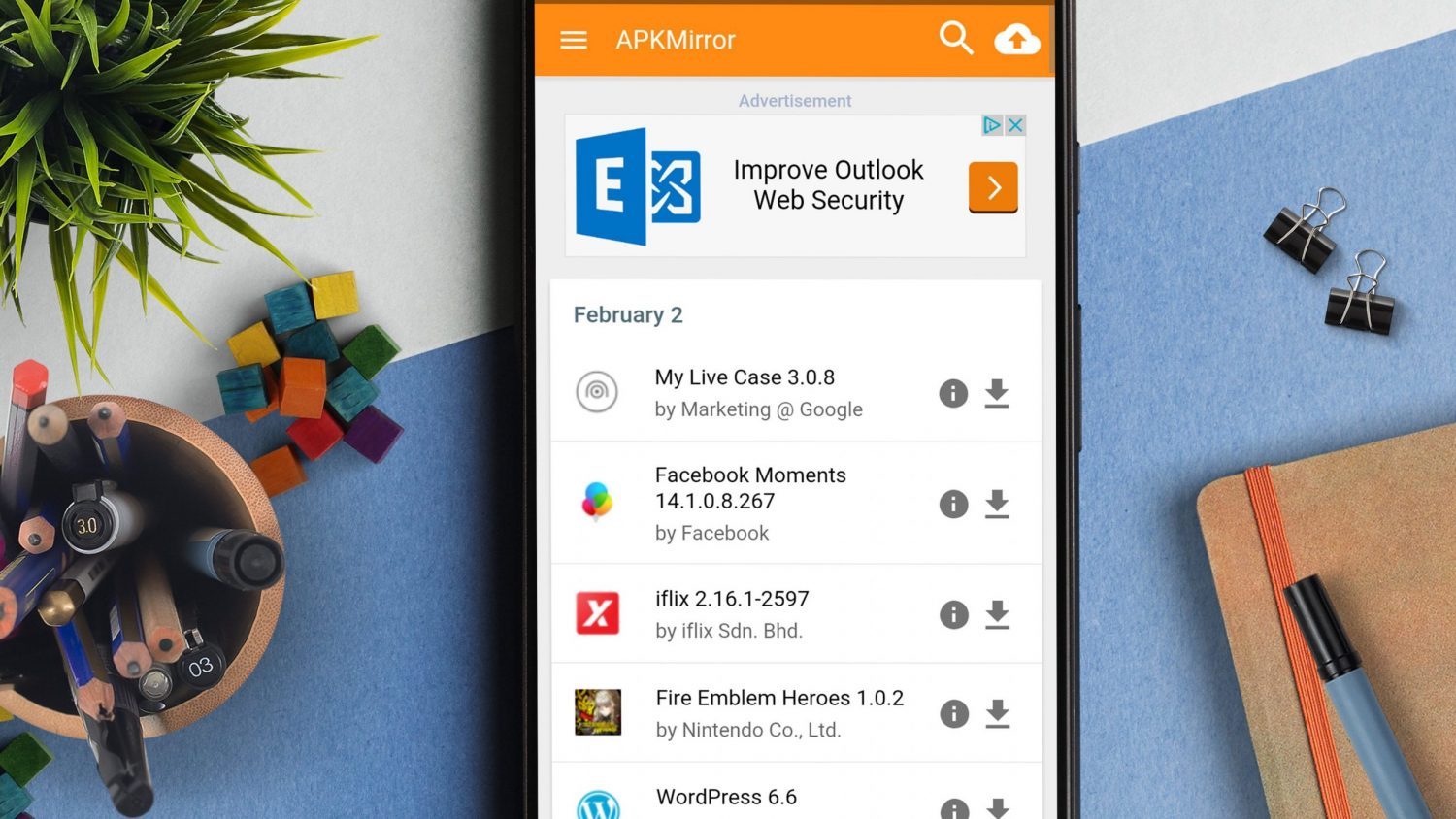In-app notifications are important for app marketers to keep their users engaged. They can be used to notify users about new content, events, and other important updates and can be used to drive user engagement and conversion.
Notifications can be customized to focus on specific user interests and sent anytime, even if the user is not currently engaged with the app. By using in-app notifications wisely, developers can create a more engaging and user-friendly experience for their users.
So, let’s explore what in-app notifications are, how they differ from push notifications, and how to use them to create a better user experience.
What Is an In-App Notification?
In app notifications are messages that appear during the active user session. They are displayed in response to a specific action, such as completing a transaction or installing an update. They can be used for a wide variety of purposes, including sending messages and user updates, promoting special offers and discounts, providing important information, and more.
How Are In-App Notifications Different From Push Notifications?
In-App Notifications and Push Notifications are two types of notifications that are widely used in apps. They are quite different and have different purposes.
In-App Notifications are sent to users when something interesting happens in the app. For example, when a user opens a document, a notification might pop up asking them to review it. Push Notifications are sent to users when something important happens in the app, but there’s no active user session. For example, a notification might pop up on the phone when a new email arrives.
There are a couple of factors to consider when choosing which type of notification to users. First, deciding what type of app you’re building is essential. For example, if your app is a social media platform, push notifications are probably the best choice. They’re easy to set up and work well with the platform’s interface.
In-App Notifications, on the other hand, are better suited for apps that aren’t social. They’re more reliable and can be more easily sent to many users. They also work well with apps with a notification system, like Android and iOS. Whichever type of notification you choose, make sure you consider the user’s needs and the app’s interface.
What Are the Benefits of Using In-App Notifications?
There are many benefits of using in-app notifications for businesses. Here are five of the most important:
- Improve Customer Engagement. Notifications can be used to keep customers up-to-date on important news, offers, and updates, which can help them stay loyal and make more purchases.
- Increase Sales. Businesses can drive more sales by providing customers with timely information about offers and new products.
- Increase Efficiency. Businesses can save time and energy by sending customers important updates and information without requiring them to visit the website or app.
- Deliver timely and relevant information to your users. This could include news updates, special offers, or even just a friendly reminder to check out your app.
- Use push notifications to take action on behalf of your users. It can be anything from sending an email to making a purchase online.
How to Use In-App Notifications to Drive User Engagement
In-app notifications are a great way to keep users engaged with your app and drive user retention rates. Here are some tips for using in-app notifications effectively:
- Make sure that the content of your notifications is relevant and important to users so they will take action on them without hesitation. It can be accomplished by conducting user surveys or focus groups, as well as doing analytics research.
- If you plan on sending a large number of notifications at once, make sure that all of the content fits into one notification.
- Keep the content of your notifications short and sweet. It will keep users from getting overwhelmed with information, which could cause them to uninstall your app or ignore your notifications altogether.
- Ensure that your in-app notification sounds are clear and audible enough for users to hear them clearly. If you don’t have access to an actual sound, consider using an alert tone instead.
- Don’t use too many in-app notifications at once. Doing so will only cause users to ignore all of your notifications, which is not what you want.
In-app notifications are a great way to drive user engagement on your mobile app and keep users engaged with your product. By using them effectively, you can ensure that the content of your notifications is clear, concise, and valuable to users. Users who feel like they are getting something of value from your app will be more likely to take action on your notifications.
Conclusion
Notifications are one of the most popular features on mobile devices, and they’re also one of the most effective ways to increase user engagement. If you’re using in-app notifications to generate feedback, engage users, or collect data, you’re doing it right. Take into account our advice on how to use them properly and be sure the user engagement will grow.







